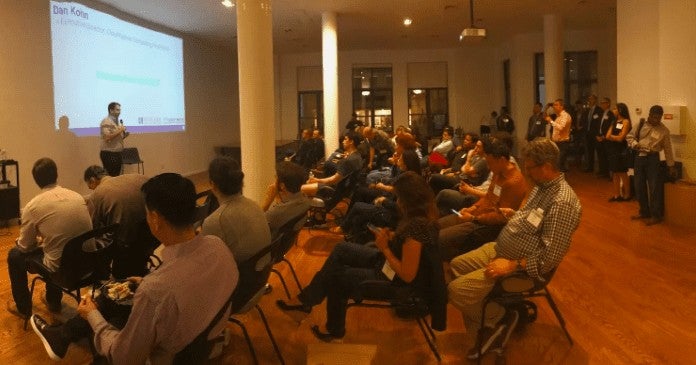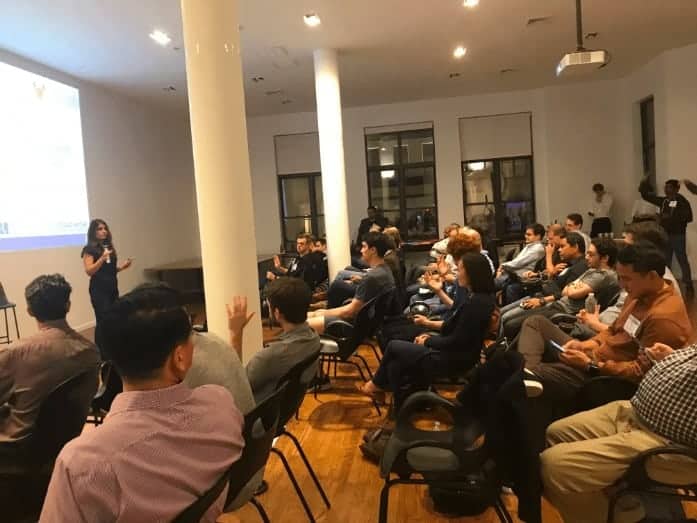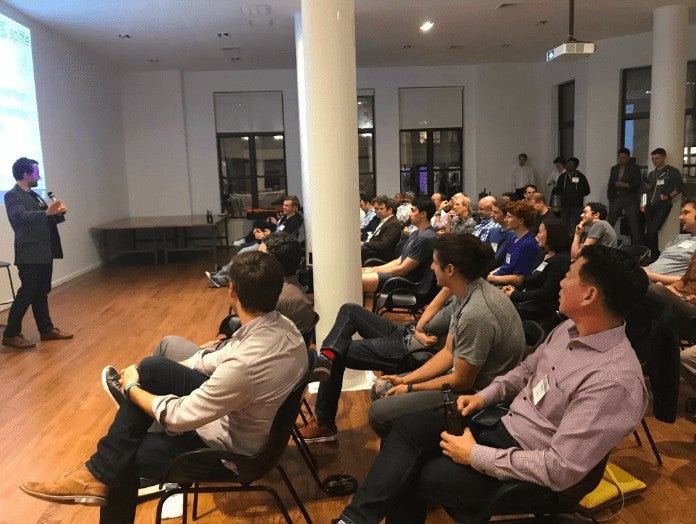This blog was originally posted on the Bessemer Venture Partners Blog.
Bessemer was proud to partner with the CNCF to host an evening devoted to discussion around exciting new open source infrastructure projects and best practices for enterprises making the cloud native transformation. Given the high concentration of financial services firms in NYC, we were fortunate to have great input from many of these leaders on the added challenges of making these transitions in highly-regulated institutions.
Across all of these discussions, it was clear that everyone is dealing with similar macro challenges. Today’s infrastructure leaders are in a tough spot, having to meet increasingly strict data governance and security policies while also providing the ever increasing scalability that modern enterprises demand. In addition, these leaders are now faced with a myriad of infrastructure options (public/private/hybrid cloud), compute paradigms (VM/Container/Serverless), open source projects, and startup vendors to choose from. Fortunately, governing bodies such as the CNCF are providing some direction and guidance for enterprises as they begin to navigate the crowded space.
Some of the best actionable tips that we heard regarding helping enterprises succeed with cloud native transitions include:
1) Empower engineers to explore the open source landscape and experiment with new projects and then establish a point person, such as a Director of Open Source, to help centralize enforcement of best practices before new open source projects go into production.
2) Create a funnel process to help qualify open source projects during testing and help teams get approval to use production data or build mission critical apps with open source software. This enables development teams to move quickly and experiment with new technologies while also ensuring an enterprise can manage their security and compliance concerns before new deployments go into production.
3) Assign clear ownership to microservices and internal open source projects. When you have hundreds or thousands of microservices in production, knowing who to contact for what service can become a real problem.
4) If you need help navigating this rapidly changing ecosystem, check out some of the guidance provided by the CNCF here.
In addition, the evening featured talks from three great speakers, as outlined below.

Ken Owens, VP of Cloud Engineering at Mastercard shared lessons learned from his experience adopting two of the leading open source technologies, Kubernetes and Istio, in production at Mastercard. Based on our conversations with many large enterprises in the financial services industry we were really impressed to learn from Ken just how far ahead Mastercard is in this transition. His main advice was that in order to get any large enterprise, particularly a highly-regulated company in the financial services industry, to cross the open source chasm, you need to have very strong buy in from senior executives to go cloud native. He advised team leads to lay the necessary communications and relationship building groundwork, since this infrastructure change will be a multi-month, sometimes multi-year endeavor.

Priyanka Sharma, Director of Alliances at Gitlab, shared tips on how to avoid some of the devops horror stories she has seen across enterprises who have tried to keep up with the latest trends: Go for quality over quantity on devtools. Latching onto new trends in devops can ultimately lead to more headache and heartbreak than efficiency savings. Instead of having a “toolbox” of ten different devops tools, try to standardize across 2 or 3 tools that fit the bulk of your needs.

Andrew Jessup, project maintainer for SPIFFE and cofounder of Scytale, shared the origin story of their open source project (SPIFFE) and the need they saw in the market for scalable identity and access management infrastructure for microservices. He also highlighted how the pain points that SPIFFE solves are increasingly acute in enterprises moving to a microservices-based architecture, distributed across heterogeneous infrastructure that requires high scalability and elasticity. As these environments have workloads that are constantly spinning up and disappearing across various network boundaries, the traditional approaches to security and authentication approaches break down and require an identify-focused approach.
CNCF is proud to foster and support the next wave of open source communities. We want to give a special thanks to BVP for supporting CNCF, and making this event possible with support for their portfolio companies, npm, ScyllaDB, and Scytale. We also want to thank the speakers for sharing their first hand open source knowledge, helping to give back and push the community forward.